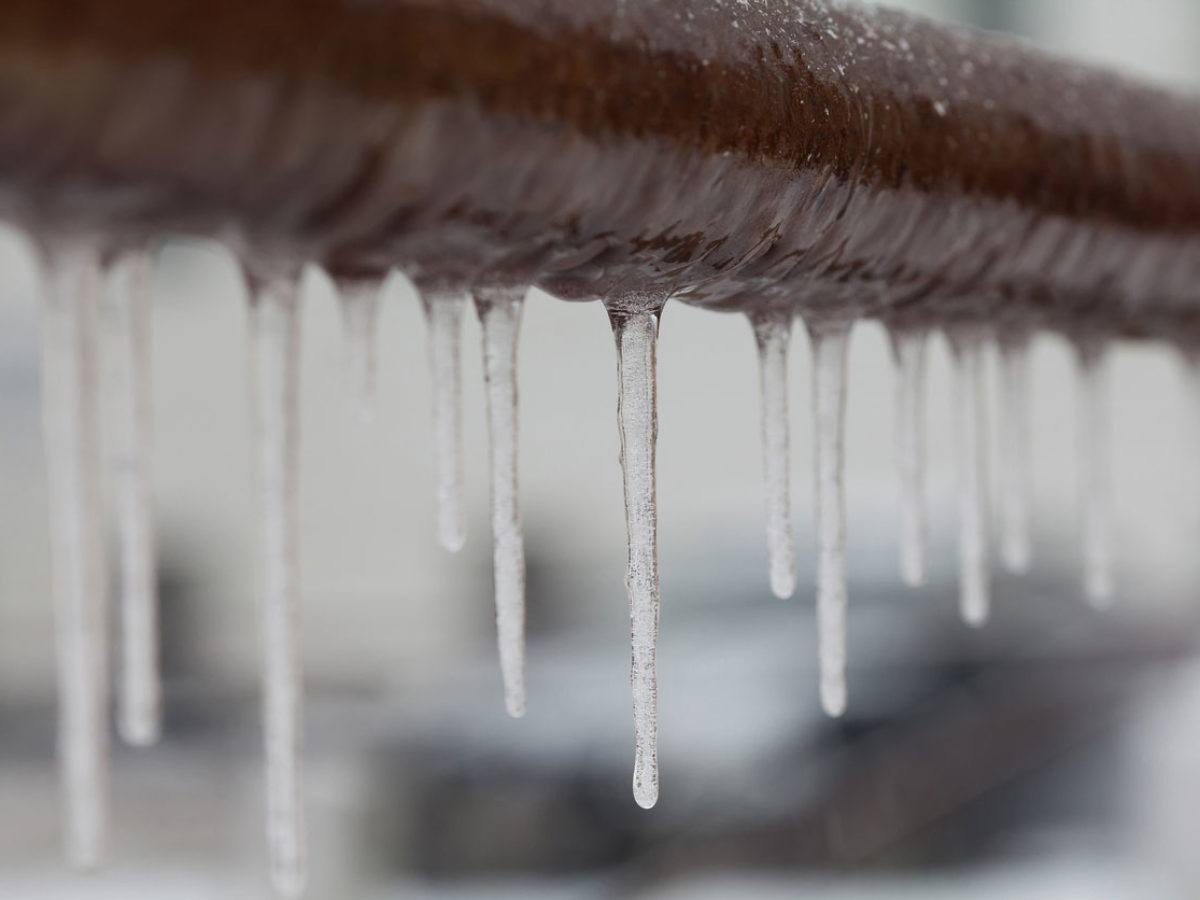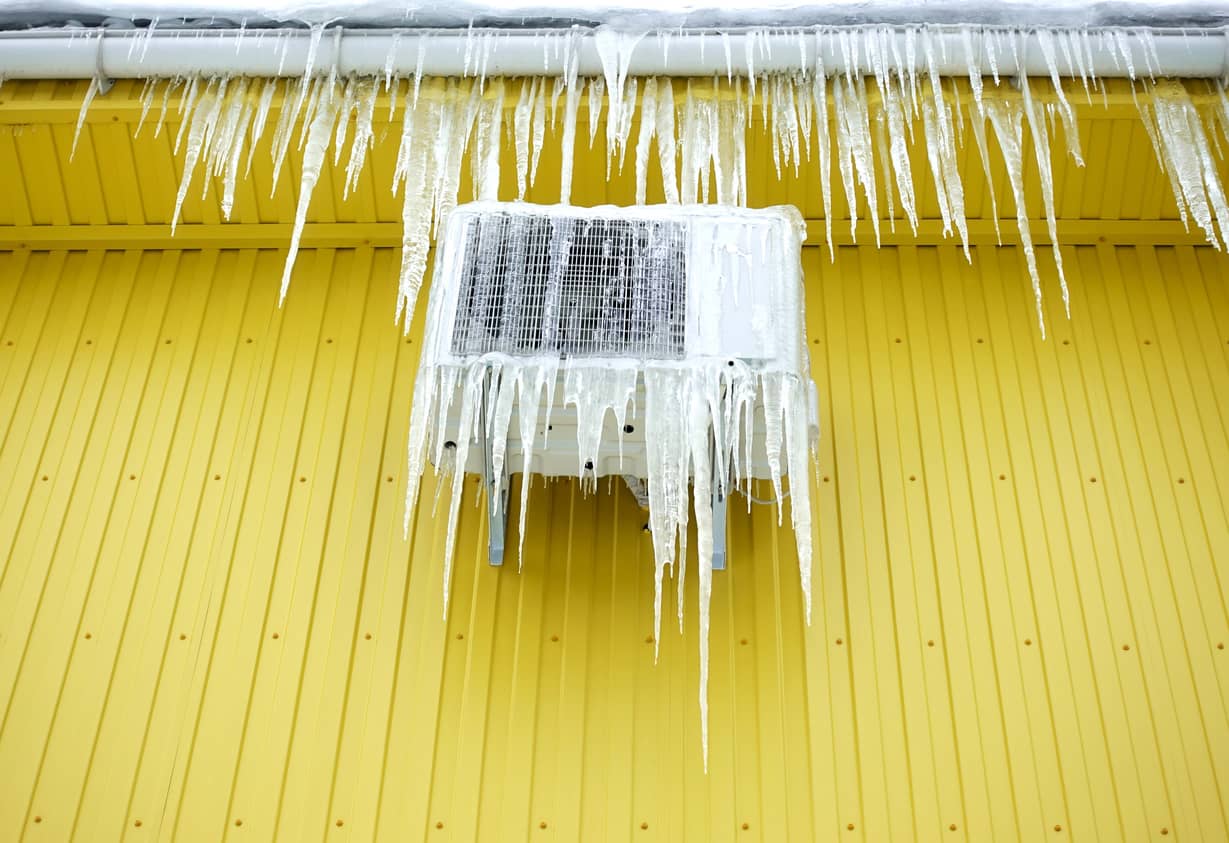Actions to Take If My AC Pipe Is Frozen - Quick Solutions for Thawing
Actions to Take If My AC Pipe Is Frozen - Quick Solutions for Thawing
Blog Article
This great article below in relation to What Causes AC Pipes To Freeze? is exceedingly engaging. Check it out for your own benefit and figure out what you think of it.

Introduction
Discovering that your air conditioner pipe is frozen can be concerning, specifically during hot summer months when you rely upon your a/c one of the most. Comprehending what to do in such a circumstance is essential to stop additional damages to your cooling system and ensure your convenience inside.
Recognizing the Causes
A number of elements can contribute to the freezing of an air conditioning pipeline. Recognizing these causes can aid you resolve the issue properly.
Lack of Airflow
One usual cause of an icy a/c pipeline is inadequate air movement. When the air movement over the evaporator coil is restricted, it can trigger the coil to go down below freezing temperature level, causing ice formation on the pipe.
Reduced Refrigerant Levels
Insufficient cooling agent degrees in your AC system can also result in an icy pipe. Reduced refrigerant degrees can trigger the pressure in the system to go down, causing the freezing of wetness on the evaporator coil.
Cold Weather Conditions
In chillier climates, freezing temperatures outside can add to the freezing of AC pipes. If your air conditioning system is not appropriately shielded or if there are leakages in the ductwork, cold air can penetrate the system, triggering the pipeline to ice up.
Dirty Air Filters
Filthy or stopped up air filters can limit air flow in your a/c system, causing various issues, consisting of a frozen pipe. It's important to replace or cleanse your air filterings system routinely to make sure appropriate air movement and prevent ice accumulation.
Indicators of a Frozen AC Pipe
Acknowledging the indications of a frozen AC pipe is important for punctual activity.
Minimized Airflow
If you discover a considerable reduction in air flow from your vents, it might show a frozen pipeline.
Ice Buildup on the Pipe
Noticeable ice accumulation on the refrigerant line or the evaporator coil is a clear indicator of an icy air conditioning pipeline.
Strange Sounds from the Unit
Uncommon noises, such as hissing or gurgling, coming from your AC system can signify that there's ice existing on the pipeline.
Immediate Actions to Take
When faced with a frozen AC pipe, it's essential to act swiftly to prevent further damages to your air conditioning system.
Shutting off the air conditioner
The first step is to switch off your a/c unit to avoid the system from running and intensifying the problem.
Looking for Blockages
Examine the location around the indoor unit for any kind of blockages that may be blocking air movement, such as furniture or drapes.
Defrosting the Pipe
You can utilize gentle methods like placing towels soaked in cozy water around the frozen pipeline to aid thaw it gradually.
Safety nets
Taking preventive measures can assist prevent future events of a frozen air conditioning pipeline.
When DIY Methods Fail
If your attempts to thaw the pipe or address various other problems are not successful, it's time to employ an expert.
Significance of Hiring a Professional HVAC Technician
A qualified HVAC professional has the experience and devices essential to detect and repair issues with your air conditioning system safely and effectively.
Routine Maintenance Checks
Arrange routine maintenance checks with a specialist HVAC professional to ensure that your air conditioning system is running successfully.
Transforming Air Filters
On a regular basis replace or cleanse your air filters to avoid air movement limitations and keep optimum efficiency.
Insulating Exposed Pipes
If your air conditioner pipelines are exposed to cool temperature levels, consider protecting them to stop freezing throughout winter months.
Looking For Professional Help
If DIY approaches fail to solve the problem or if you're unsure regarding how to continue, it's ideal to seek assistance from a qualified HVAC professional.
Verdict
Managing an icy air conditioner pipe can be a discouraging experience, yet recognizing exactly how to respond can assist minimize damages and restore comfort to your home. By recognizing the reasons, identifying the indicators, and taking prompt action, you can properly resolve the problem and stop future events.
What to Do If Your AC Line Is Frozen
Make Sure All Supply and Return Air Vents Are Open
If you notice problems with airflow, the first thing you should do is check your supply and return vents. Supply vents distribute clean, conditioned air throughout your home. As this air becomes stale, it’s pulled into the return vent, where it’s reconditioned before being sent back out through the supply vent.
When these vents are closed, air won’t flow in the home. Before examining your AC, check the vents in every room and ensure they’re all open.
Check for a Dirty Air Filter
Another possible cause of limited airflow is a dirty air filter. Your air conditioner’s filters catch elements you don’t want to breathe in, such as dirt and dust. Over time, filters can become clogged, ultimately blocking air from flowing in and out. The lack of airflow can then cause the entire coil to freeze and will completely restrict any air from moving through it. The AC may need to be powered off for one to two days to allow the coil to thaw after replacing the filter to allow proper functioning of the unit. This debris can also accumulate on your AC’s evaporator coil, requiring a more serious repair. In general, air filters should be cleaned regularly (about every two weeks).
Assess Your Outdoor Unit
In addition to checking your AC, assessing the outdoor unit is a good idea. Also known as the condensing unit, it works with your interior unit to release heat outside. An issue with the outdoor unit can result in rising internal temperatures.
Overgrown Shrubs or Clogged Leaves
From leaves and twigs to shrubs and debris, there’s no shortage of outdoor elements that can accumulate around your condensing unit. When these elements get lodged inside the unit, they can block airflow. Fortunately, removing the blockage can solve the problem.
Sounds of a Broken Fan
Shrubs and leaves aren’t the only things that can impede your outdoor unit’s airflow. If the fan is broken, the unit won’t be able to properly get rid of heat — which means the internal temperature won’t go down. First, make sure the fan is spinning. If it is, check for the following sounds of a broken fan:
Buzzing Rattling Screeching Hissing Clicking Preventative Measures
Nobody wants to deal with a frozen AC line. In addition to causing problems with your air conditioner, they require professional repairs. On the bright side, there are preventative measures you can take to help ensure this issue doesn’t arise in the first place.
https://www.coopergreenteam.com/blog/what-to-do-if-ac-line-frozen

We were made aware of that report on How can I fix an air conditioner’s frozen pipe? through someone on a different website. So long as you enjoyed our article please make sure you remember to pass it around. Kudos for your time. Visit us again soon.
Call Today Report this page